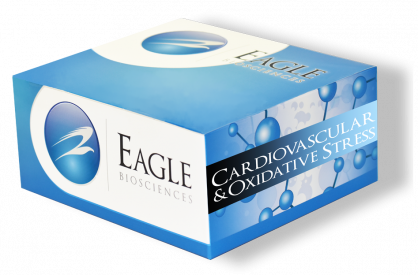Human IL-32a ELISA Assay
The Human IL-32a ELISA Assay is For Research Use Only
Size: 1×96 wells
Sensitivity: 7 pg/mL
Dynamic Range: 15.625 – 500 pg/ml
Incubation Time: 3.5 hours
Sample Type: Serum, Plasma, Cell Culture
Sample Size: 100 µl
Alternative Names: IL-32 Alpha, Interleukin 32 alpha, IL-32α
SAMPLE COLLECTION AND STORAGE
1. Cell Culture Supernates – Remove particulates by centrifugation.
2. Serum – Use a serum separator tube (SST) and allow samples to clot for 30 minutes before centrifugation for 15 minutes at approximately 1000 x g. Remove serum, avoid hemolysis and high blood lipid samples.
3. Plasma – Recommended EDTA as an anticoagulant in plasma. Centrifuge for 15 minutes at 1000 x g within 30 minutes of collection.
4. Assay immediately or aliquot and store samples at -20°C. Avoid repeated freeze-thaw cycles.
5. Dilute samples at the appropriate multiple (recommended to do pre-test to determine the dilution factor).
Note: Normal human serum or plasma samples are suggested to make a 1:2 dilution.
Assay Background
IL-32α is the shortest and most abundant of four potential splice variants of the proinflammatory cytokine IL-32 (previously called NK4) with a predicted unmodified size of 15 kDa. Potential modifications include myristoylation and N-glycosylation. The IL-32α shows increased potency at inducing CXCL2/MIP-2 and CXCL8 expression in PBMC relative to uncleaved IL-32α. Transfected IL-32α was more likely to be cell associated as compared to IL-32β, suggesting an intracellular function. IL-32 is induced by mitogens in peripheral lymphocytes, by IFNγ in epithelial cells, or by IL-12 with IL-18 in NK cells and in turn induces cytokine expression. These activities result in epidermal hyperplasia in models of human skin.
Related Products
Human IL-17 ELISA Assay
Human IL-22 ELISA Assay
Human IL-21 ELISA Assay


